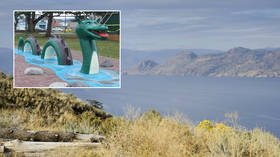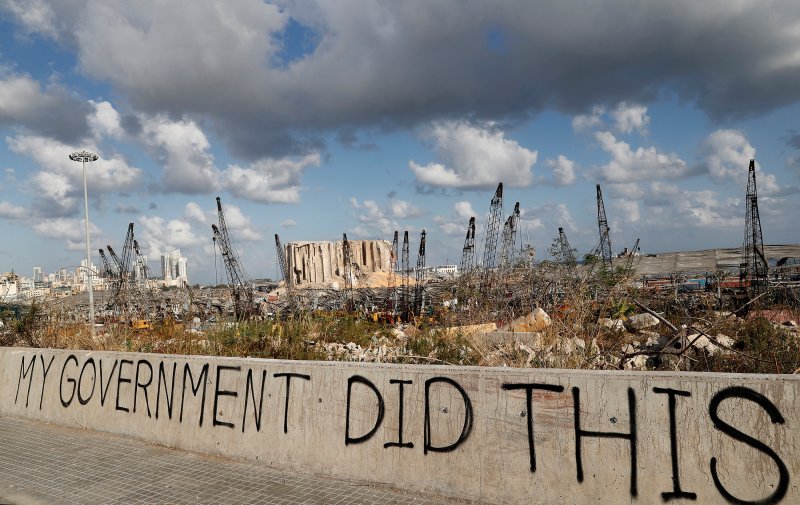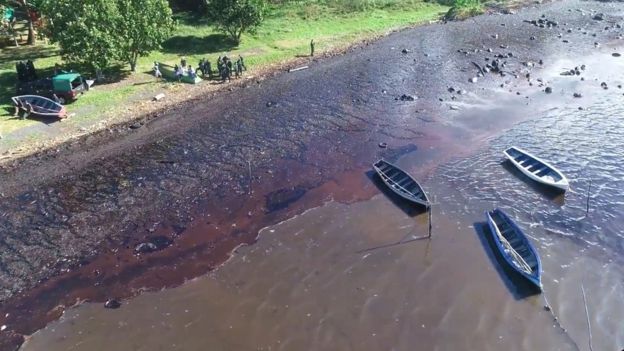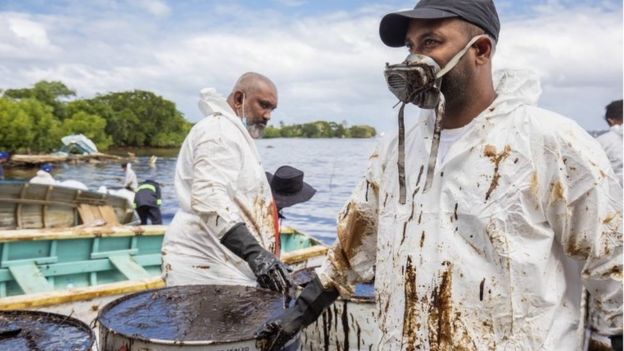BY CAROLYN KISSANE, OPINION CONTRIBUTOR — 08/09/20
THE HILL

© Greg Nash
While campaigning in Columbus, Ohio, in March 2016, Hillary Clinton said something that she later cited as the comment she “regret[s] the most” from her presidential run. Clinton announced that she would put coal miners and companies out of business if she became president. Her comments likely cost her significant support across the coal-mining states of Ohio, Kentucky, Wyoming, Montana and Pennsylvania.
In the end, it wasn’t Clinton who put the hurt on coal country but instead the rapidly declining costs of renewable energy, especially solar and wind, uber-cheap natural gas and an array of states and cities with ambitious climate change action plans requiring sharp reductions in carbon dioxide emissions. Four years ago, the writing was on the wall: Saving coal would require disregarding the market and reversing the plans towards decarbonization.
Over the course of Donald Trump’s presidency, the U.S. has remained the world’s premiere oil and gas producer. But coal has continued to struggle. Bringing back coal in the United States was not something that could be achieved by executive decree.
In 2016 “Trump digs coal” became a campaign slogan, and in almost every speech he pledged to revive the sector. “We're gonna put the miners back to work. We're gonna get those mines open," he said on numerous occasions.
Trump assured coal companies and communities that he would bring coal-mining jobs back and protect the industry. He saw what he considered to be alienated and angry coal miners who were seeing their livelihoods disappear, and he capitalized on their frustration. He captured their attention, won votes and in the first year of his presidency continued to tout his ability to resuscitate the industry. Clinton’s comments are closer to today’s reality. With the 2020 election around the corner, it’s clear Trump hasn’t kept his promises.
Hydrocarbons are not going away, but an energy transition is well under way. Many developed countries are moving away from coal, oil and gas, and even states and cities in the United States are saying no to future use of fossil fuels. To understand why requires understanding the evolution of energy systems and development, and the resolve of many state and local governments to use cleaner energy.
Coal production depends on demand, and the sector has relied on the power sector for over 90 percent of its use. As the power sector evolves, coal consumption has declined. Cheaper and cleaner sources of energy, such as wind and solar, are displacing coal, and moving into the market share of natural gas in different states such as California and New York.
The position of natural gas in the U.S. energy space is illustrated by the evolution of coal-fired plants. According to recently released EIA data, between 2011 and 2019, 121 U.S. coal-fired power plants were repurposed to burn other types of fuels, with 103 converted to or replaced by natural gas-fired plants.
Coal was in decline before 2016. Thirteen years ago, coal consumption peaked and has declined every year since. In 2019, only 966,000 gigawatts of electricity was generated by coal, and in the first half of 2020 thousands coal workers lost their jobs. Meanwhile, before the COVID crisis, solar energy was experiencing exponential growth, averaging 49 percent a year.
The COVID-driven recession has hastened coal’s demise. Demand for coal fell over 18 percent during April and May as the virus shrunk demand for power. According to the U.S. Energy Information Administration, U.S. electric generation is forecast to drop by 5 percent, with fossil fuels such as coal hit the hardest. With domestic demand falling and coal exports in decline, there’s no future scenario for coal’s comeback.
Coal’s contribution to U.S. economic development and industrialization must be acknowledged. The energy source once fueled almost half of all U.S. electricity but now powers less than a quarter and continues to decline. Coal provided a reliable and affordable source of energy and enhanced energy security. But with climate change posing untold risks and threats, coal’s high-carbon emissions will eventually make it a stranded asset.
Every new beginning comes from some other beginning’s end. Trump came into office selling a vision he wasn’t able to fully implement and maintain. Clinton may regret her anti-coal comments, but does Trump regret his misplaced promises and his failure to deliver?
Carolyn Kissane, PhD, is academic director and a clinical professor at the New York University Center for Global Affairs and a non-resident fellow at the Payne Institute at the Colorado School of Mines.
Hydrocarbons are not going away, but an energy transition is well under way. Many developed countries are moving away from coal, oil and gas, and even states and cities in the United States are saying no to future use of fossil fuels. To understand why requires understanding the evolution of energy systems and development, and the resolve of many state and local governments to use cleaner energy.
Coal production depends on demand, and the sector has relied on the power sector for over 90 percent of its use. As the power sector evolves, coal consumption has declined. Cheaper and cleaner sources of energy, such as wind and solar, are displacing coal, and moving into the market share of natural gas in different states such as California and New York.
The position of natural gas in the U.S. energy space is illustrated by the evolution of coal-fired plants. According to recently released EIA data, between 2011 and 2019, 121 U.S. coal-fired power plants were repurposed to burn other types of fuels, with 103 converted to or replaced by natural gas-fired plants.
Coal was in decline before 2016. Thirteen years ago, coal consumption peaked and has declined every year since. In 2019, only 966,000 gigawatts of electricity was generated by coal, and in the first half of 2020 thousands coal workers lost their jobs. Meanwhile, before the COVID crisis, solar energy was experiencing exponential growth, averaging 49 percent a year.
The COVID-driven recession has hastened coal’s demise. Demand for coal fell over 18 percent during April and May as the virus shrunk demand for power. According to the U.S. Energy Information Administration, U.S. electric generation is forecast to drop by 5 percent, with fossil fuels such as coal hit the hardest. With domestic demand falling and coal exports in decline, there’s no future scenario for coal’s comeback.
Coal’s contribution to U.S. economic development and industrialization must be acknowledged. The energy source once fueled almost half of all U.S. electricity but now powers less than a quarter and continues to decline. Coal provided a reliable and affordable source of energy and enhanced energy security. But with climate change posing untold risks and threats, coal’s high-carbon emissions will eventually make it a stranded asset.
Every new beginning comes from some other beginning’s end. Trump came into office selling a vision he wasn’t able to fully implement and maintain. Clinton may regret her anti-coal comments, but does Trump regret his misplaced promises and his failure to deliver?
Carolyn Kissane, PhD, is academic director and a clinical professor at the New York University Center for Global Affairs and a non-resident fellow at the Payne Institute at the Colorado School of Mines.










